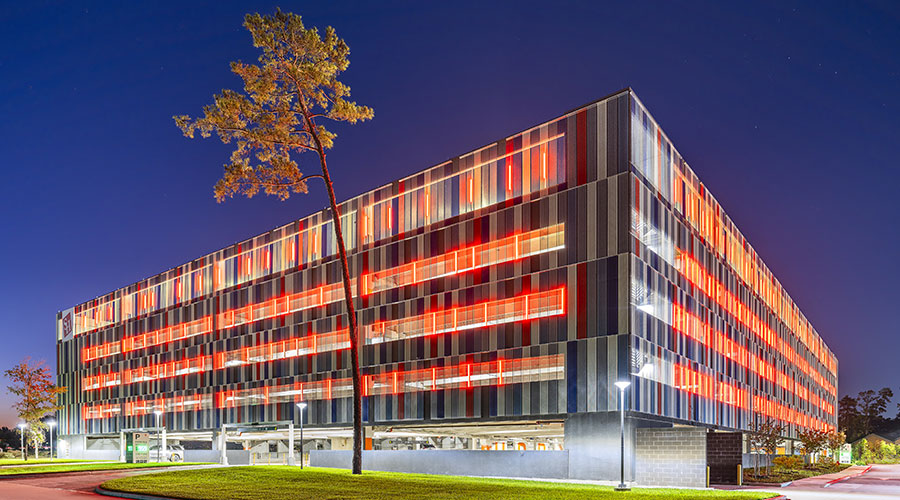Streamlighting Lighting Inventory one Goal of K-12 Retrofit
The lighting projects gave the managers an opportunity to streamline the department's inventory of spare parts and equipment, which had grown out of hand over the years with each installation of a new lighting system.
"One of our goals was to standardize the fixtures so it makes it easier for ordering," Cassilly says. "We didn't want to have the building engineers go through a host of different types of lights to make sure they had the right light on order. Our goal was to simplify and in many cases eliminate that."
The list of fixtures in inventory continued to grow and often differed from school to school. As a result, stockrooms included dozens of different bulbs that often looked the same but had different numbers.
The lack of standardization "made it tough on the building engineer," Cassilly says. "They couldn't just say they have a box here. They had to keep up with the number, and in many cases while they looked the same, they weren't interchangeable."
In upgrading the lighting systems, the district streamlined the inventory by specifying only LEDs, T5s, and T8s for the retrofits. The district used LEDs in areas such as outdoor walkways, hallways and theaters — areas that benefited from the dimming capabilities associated with LEDs. The district also replaced T12 fixtures with more efficient T8 and T5 fixtures in areas such as classrooms and gymnasiums.
The "50 lights, 50 different fixtures" dilemma Comes described was reduced to one or two options.
"I think it was more of a boilerplate, where every school had the same fluorescent fixtures put in," says Mike Lochary, the building engineer at the district's C. Milton Wright High School. "They were standard in all the buildings."
Standardizing the fixtures also helped the department's bottom line. Building engineers would need to order full cases of light fixtures to replace one or two lights. Often, many of the remaining fixtures never left the box.
"You would have to order a case to replace one light fixture," Comes says. "How often would you use the whole case? (Standardizing) helped me save money on my budget."
Two areas in which building engineers saw the largest impacts from upgraded lighting systems were gyms and outdoor areas.
"We went from 250 (Watt) metal halide vapor fixtures to T5, high-output lights in the gym," Lochary says. "Everybody, as soon as it was finished, was so surprised and pleased by the difference that made in the gym. It brightened things up, and it was like night and day in there. The other biggest impact was going from the mercury vapor on our canopy lights to LED lights. They come on, and it brightens it up at night for safety factors at the entrances and all around the buildings."
Related Topics:














